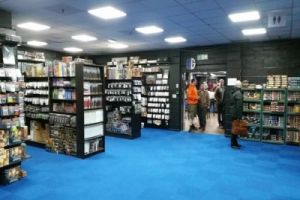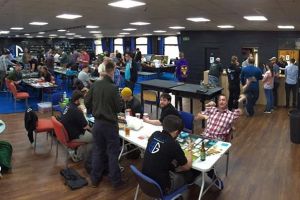How to make a built up (walled) base
If you have any questions / comments, please feel free to post on the forum thread for this tutorial.
Today I will mostly be covering building a 'walled' base. This was my first attempt so it's definitely something which can be streamlined more, but after a few requests from people, and given that I took pictures as I went it's becoming a tutorial.
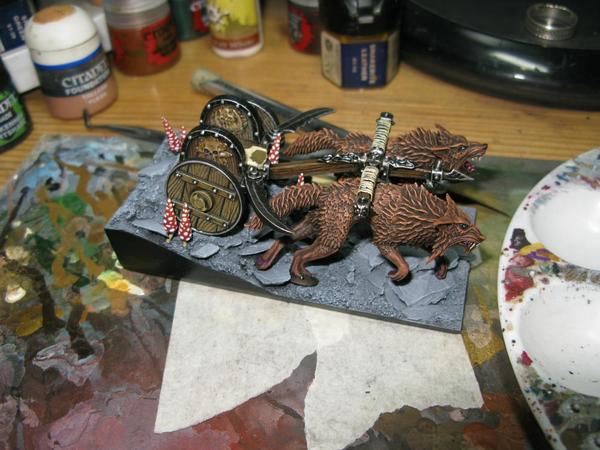
There's no theory waffle in this one, if you want a bigger base you can do this, in this instance I needed to set the rear of the base up higher to allow me to use bigger wolves to pull the chariot, it had the added bonus of making them look a little more speedy, careening downhill, possibly completely out of control

.
Equipment:
Plasticard
Poly Cement/Plastic Glue (needle applicator ideally)
PVA Glue
Medium Thickness Cork
Sand
Mixed Slate
Liquid Green Stuff
Liquid Green Stuff
Milliput
Sand paper/sanding block
Hobby Knife -
X-Acto
Step 1:Recycle your base if needed - This technique works on bases either way up, I'm using mine upside down. Scrape off any paint/primer that's on the surface where you'll be placing your 'walls'.
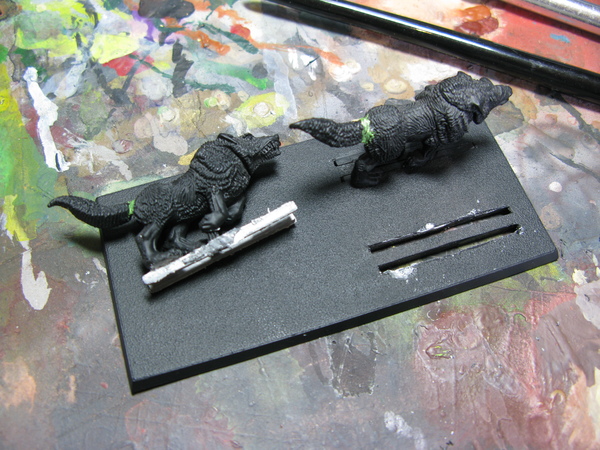 Step 2:
Step 2: Cut+glue your walls. I cut the sides first, and then used them as measurements to cut the back, either use a steel ruler to ensure your joining edges are flat, or cut from the edges of your sheet. Glue along all edges using poly-cement, a needle applicator is pretty much a must here, lightly glue both edes. Leave them for about 30secs before pressing together, this'll allow things to get tacky, avoiding sliding out of place, and generally making things easier.
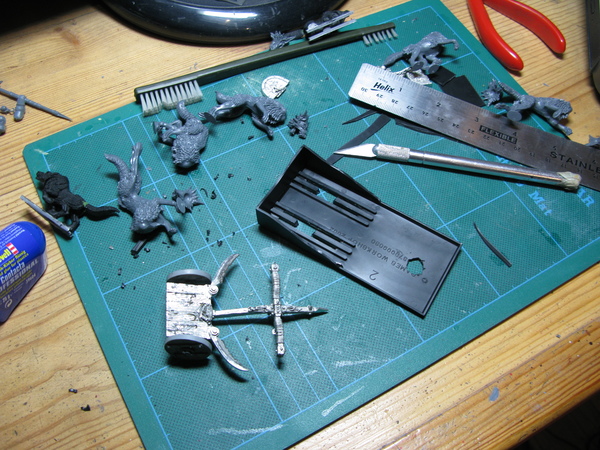 Step 3:
Step 3: Reinforce your walls - To keep things sturdy I put little corner bits in, load this up with glue, it's on the inside, you can be as messy as you like

. When cutting plasticard in small straight
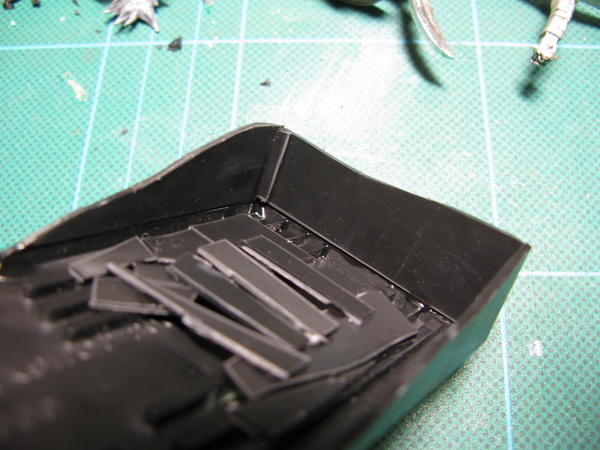 Step 4:
Step 4: Making your base bottom heavy - if you're adding height then a top heavy product end result will just mean your minis fall over. I popped in a flat bit of slate.
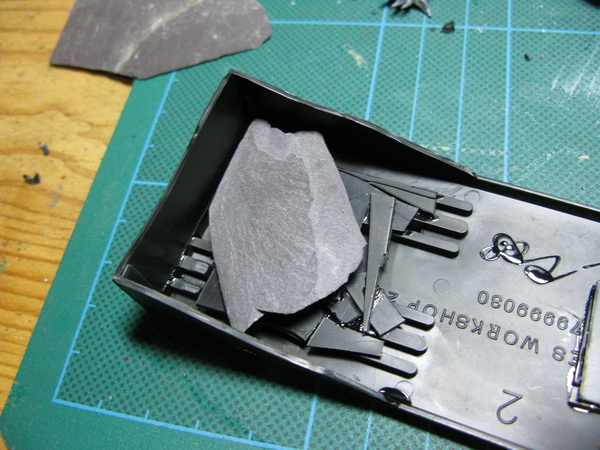 Step 5:
Step 5: Building up the base - chunks of cork + PVA, the idea is to build up an organically chaotic texture, this isn't a bowling green! It's also light, and easy to drill into. Once the PVA has dried it'll be very strong as well.
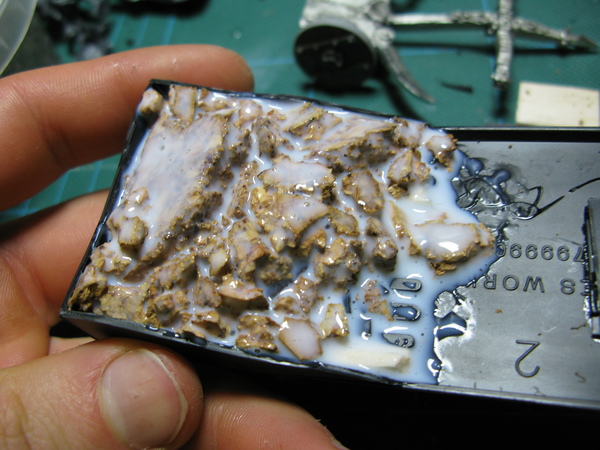 Step 6:
Step 6: Texture - Sand all over, mix in some gravel for interest.
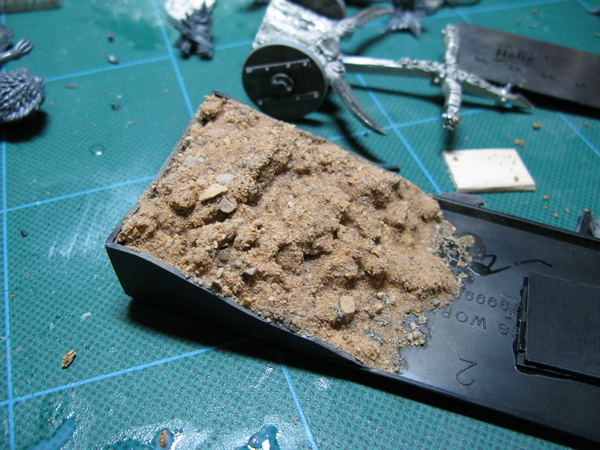 Step 7:
Step 7: More texture - Slate this time, 'poked' into the sand, and then another layer of PVA ready to make things look more natural around it.
 Step 8:
Step 8: Let it dry + seal sand - This will take a fair while to dry, maybe 24hours. If the sand 'sinks' into the cork rubble just add a little more pva+sand to fill in the gaps. Once dry spray with any matt varnish to seal.
Step 9: (optional) Smoothing out edges. Painting the sides black goes a long way to hiding any glue mishaps or gaps, but in this case I put in a bit of time trying to fix any slip ups. I sanded the sides with a sanding block, and then put milliput on the corners, and in any depressions in the walls. After it had been allowed it to dry, and then primed it black, I sanded it again - the white milluput shows through after this, and highlights the areas that may need some attention.
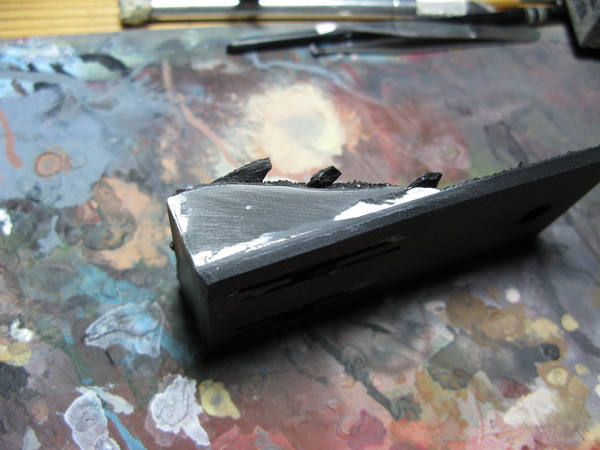 Step 10:
Step 10: Final smoothing - Liquid green stuff comes to the rescue here, mixed with water, and painted on. This stuff is brilliant for this. Use thicker 'lumps' in any deeper gaps, and then more watered mix to blend that into the rest.
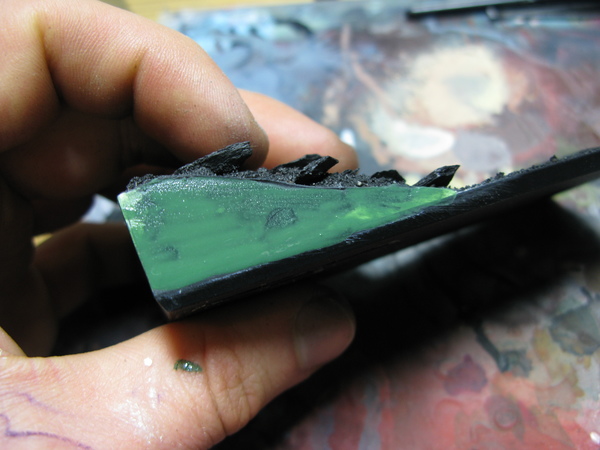
Smooth as a babies' bottom!
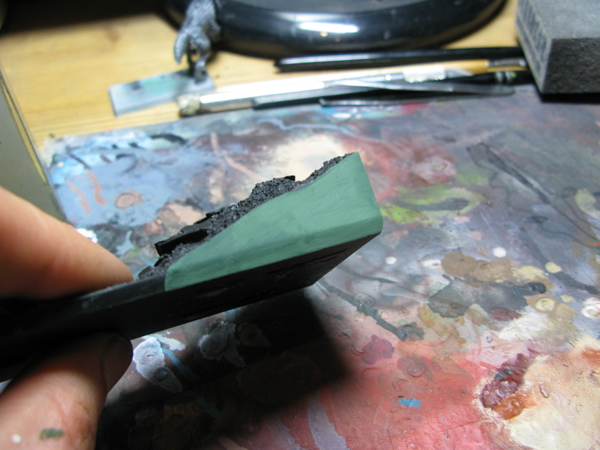
You're now ready for painting:
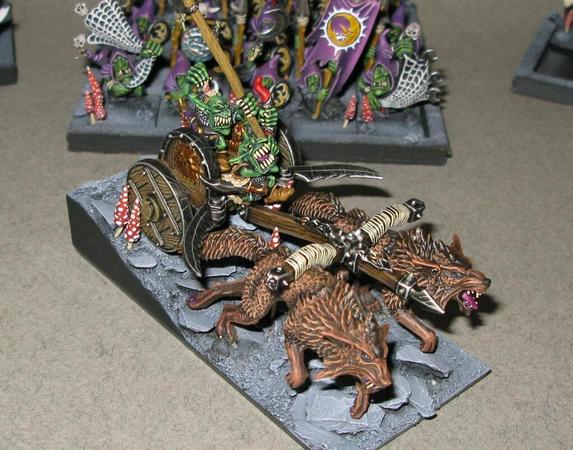
What our customers are saying...
Sign up for our newsletter - for the latest news and promotions
Element Games Team
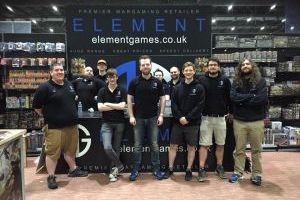
Stockport Store and Gaming Centre
